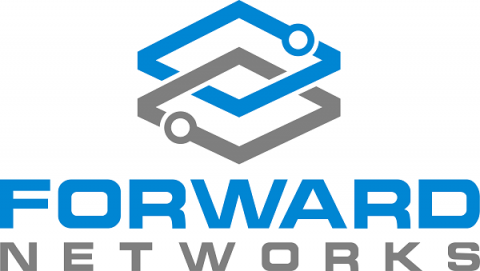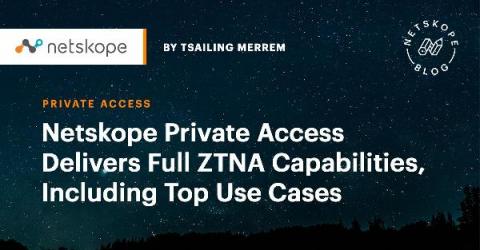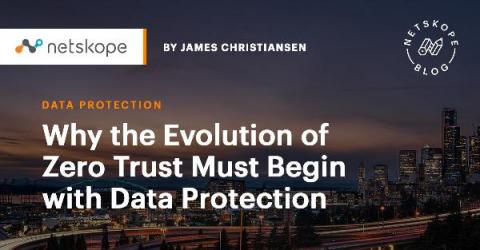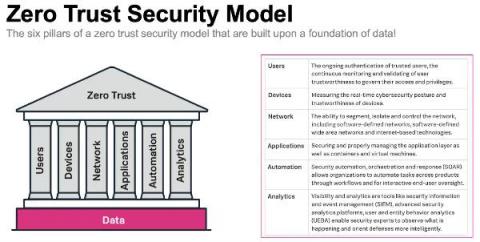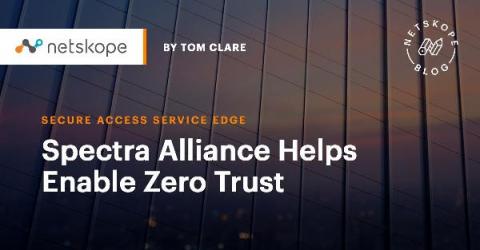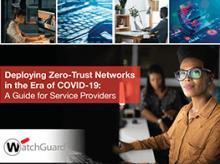Zero Trust Requires Cloud Data Security with Integrated Continuous Endpoint Risk Assessment
Every once in a while, an industry term will get overused by marketing to the point of becoming a cliche. I think “Zero Trust” may have reached this threshold. In some ways, I understand why this is happening. Security perimeters have become obsolete as people use mobile devices and cloud applications to work from anywhere.



